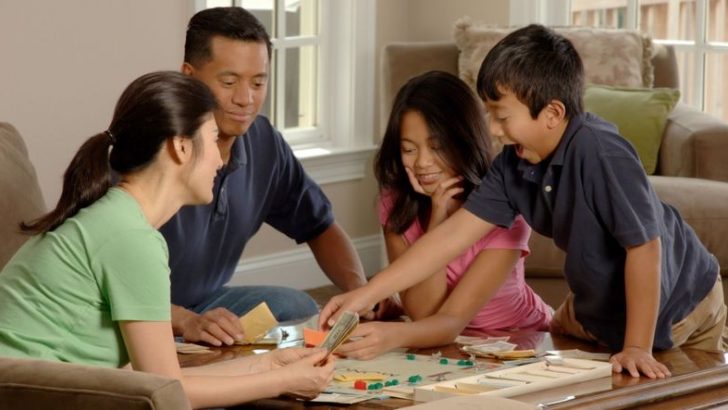Riddles are more than just fun and games; they play an essential role in the cognitive development of children. These brain teasers encourage kids to think critically, solve problems creatively, and approach challenges with a curious mind. They are a delightful way to enhance vocabulary, improve comprehension, and foster a love for language. With these 15 carefully curated riddles, your child will not only be entertained but also gain valuable skills that will aid them in their academic journey and beyond. Dive into this world of wonder and watch your child’s imagination soar!
1. Riddle 1: The Endless Runner
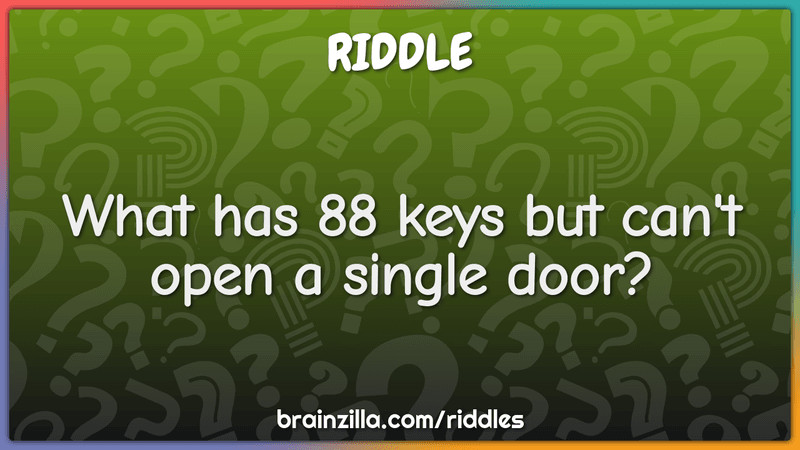
What has keys but can’t open locks? A piano! This riddle sparks curiosity in children, urging them to think beyond the literal. It’s a playful way to show that not everything is as it seems. Kids learn to associate different meanings with words and develop lateral thinking skills. The puzzling nature of this question encourages them to explore the world with an open mind and ask questions about the things they encounter daily.
2. Riddle 2: The Silent Singer
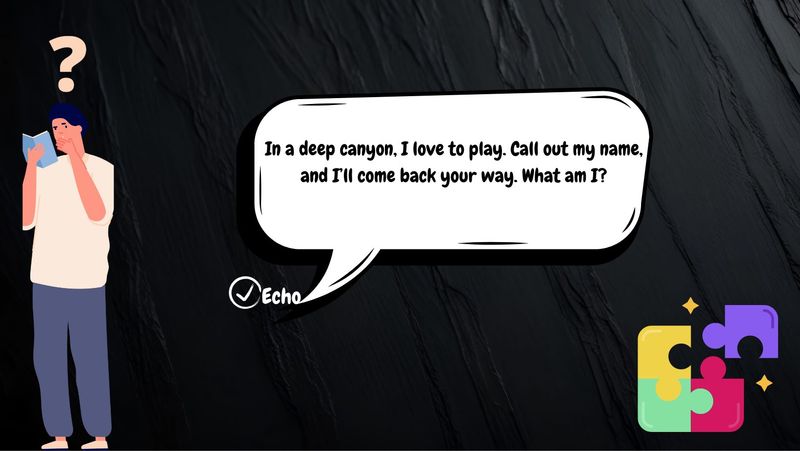
I speak without a mouth and hear without ears. What am I? An echo! This riddle introduces children to the concept of natural phenomena. It’s both fun and educational, helping kids understand how sound waves work. As they ponder the answer, they engage in critical thinking and hone their problem-solving abilities. Such riddles foster curiosity about nature and the world around them.
3. Riddle 3: The Wise Traveler
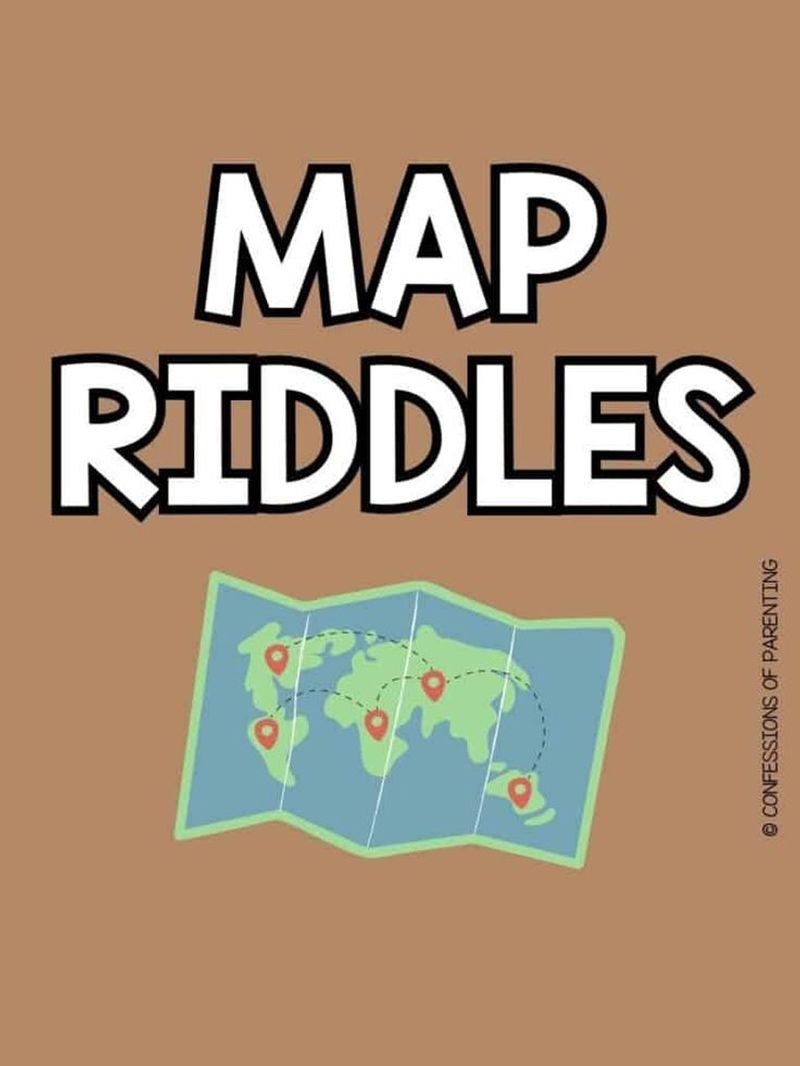
I have cities but no houses, forests but no trees, and rivers but no water. What am I? A map! This riddle is brilliant for teaching children about abstract thinking. It encourages them to see beyond the obvious and think about representations. Maps are symbolic, and this question helps kids grasp the concept of symbols and their meanings. It also subtly introduces them to geography in a fun and engaging manner.
4. Riddle 4: The Timeless Clock

What has hands but can’t clap? A clock! This riddle is an excellent way to teach kids about time. By pondering the answer, children learn to differentiate between literal and figurative language. The imagery of a clapping clock sparks their imagination and inspires creativity. Such riddles encourage kids to explore language nuances and the multiple meanings words can hold.
5. Riddle 5: The Invisible Painter
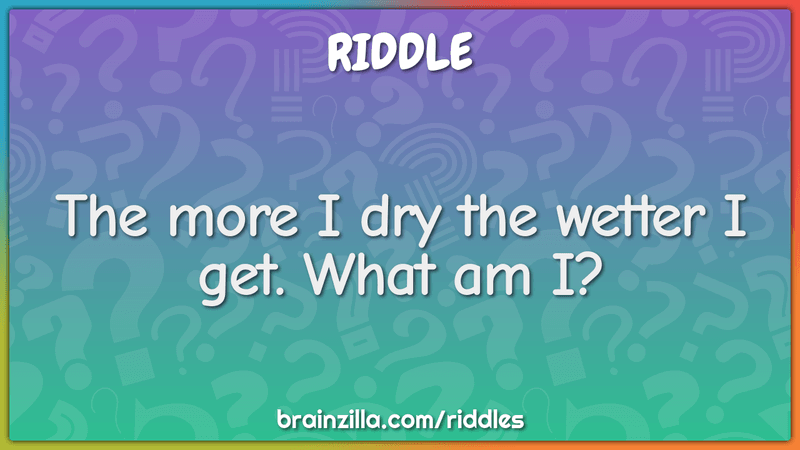
What gets wetter the more it dries? A towel! This playful riddle entertains while teaching kids about everyday items and their functions. It’s a fun way to introduce children to the concept of irony and how it can present itself in daily life. The twist in the answer encourages kids to think creatively and see the world from different perspectives, enhancing their observational skills and sense of humor.
6. Riddle 6: The Feathered Friend

What has a neck but no head? A bottle! This riddle captures the imagination by presenting an everyday item in a new light. Kids learn to appreciate language’s playful aspects and the fun in discovering new meanings. It cultivates their curiosity and encourages them to explore language and objects around them. The perplexing nature of this riddle invites children to think outside the box and develop their cognitive abilities.
7. Riddle 7: The Hungry Caterpillar

What comes once in a minute, twice in a moment, but never in a thousand years? The letter ‘m’! This riddle is a clever way to engage children with language and letters. It encourages them to think about words and sounds in new ways, enhancing their phonemic awareness. As kids attempt to decode the answer, they develop problem-solving skills and learn the importance of paying attention to details.
8. Riddle 8: The Mysterious Box

What has a heart but no other organs? An artichoke! This riddle introduces kids to the fascinating world of plants in a whimsical manner. By deciphering the answer, children learn about plant anatomy and the creative ways language can describe everyday objects. The fun yet educational nature of this riddle sparks curiosity and inspires a love for learning about nature and the environment.
9. Riddle 9: The Mischievous Shadow
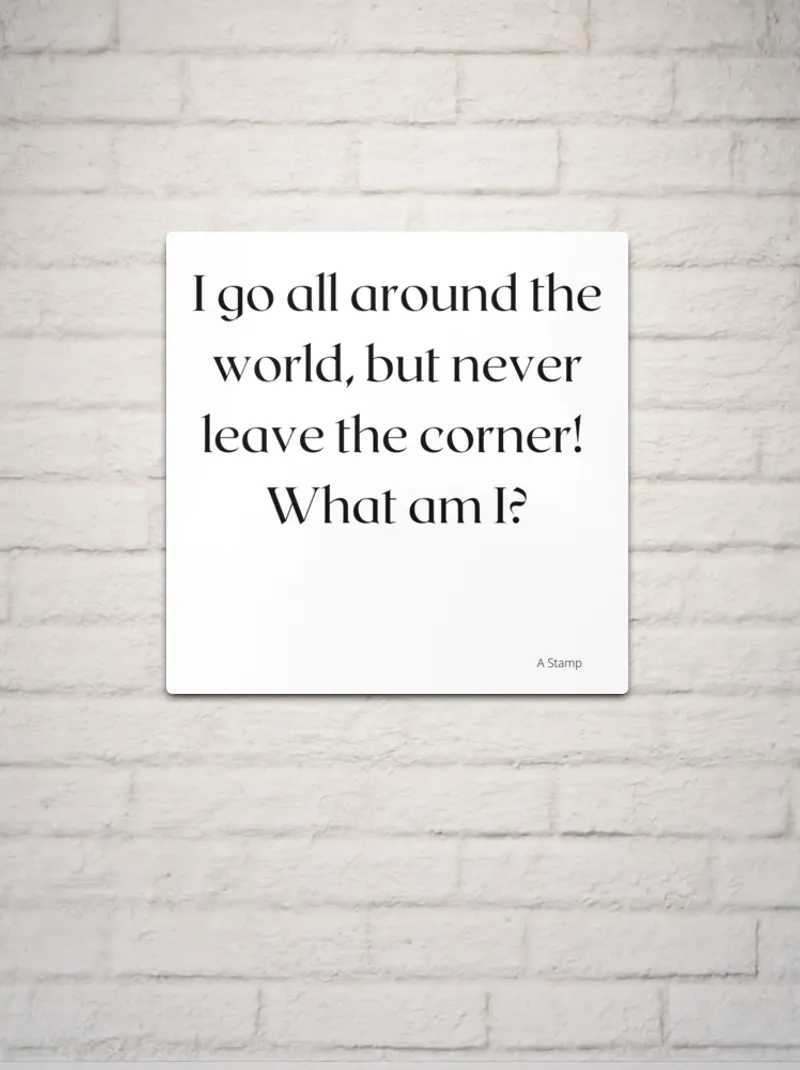
What can travel around the world while staying in a corner? A stamp! This delightful riddle combines geography and imagination in a unique way. It encourages kids to think about travel and communication, all while enjoying a playful twist. By solving this riddle, children enhance their problem-solving skills and learn to appreciate the wonders of the world in a fun and engaging manner.
10. Riddle 10: The Floating Feather
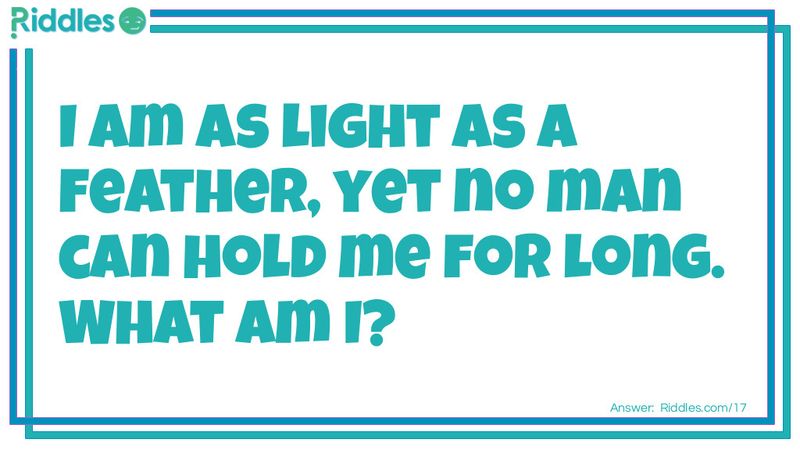
What is light as a feather, yet no man can hold it for long? Breath! This riddle captures the imagination with its poetic simplicity. It introduces children to the concept of metaphors and how they enrich language. As kids ponder the answer, they develop critical thinking skills and learn to appreciate the beauty of language. These playful questions encourage a deeper understanding of the world and the words we use.
11. Riddle 11: The Whispering Wind
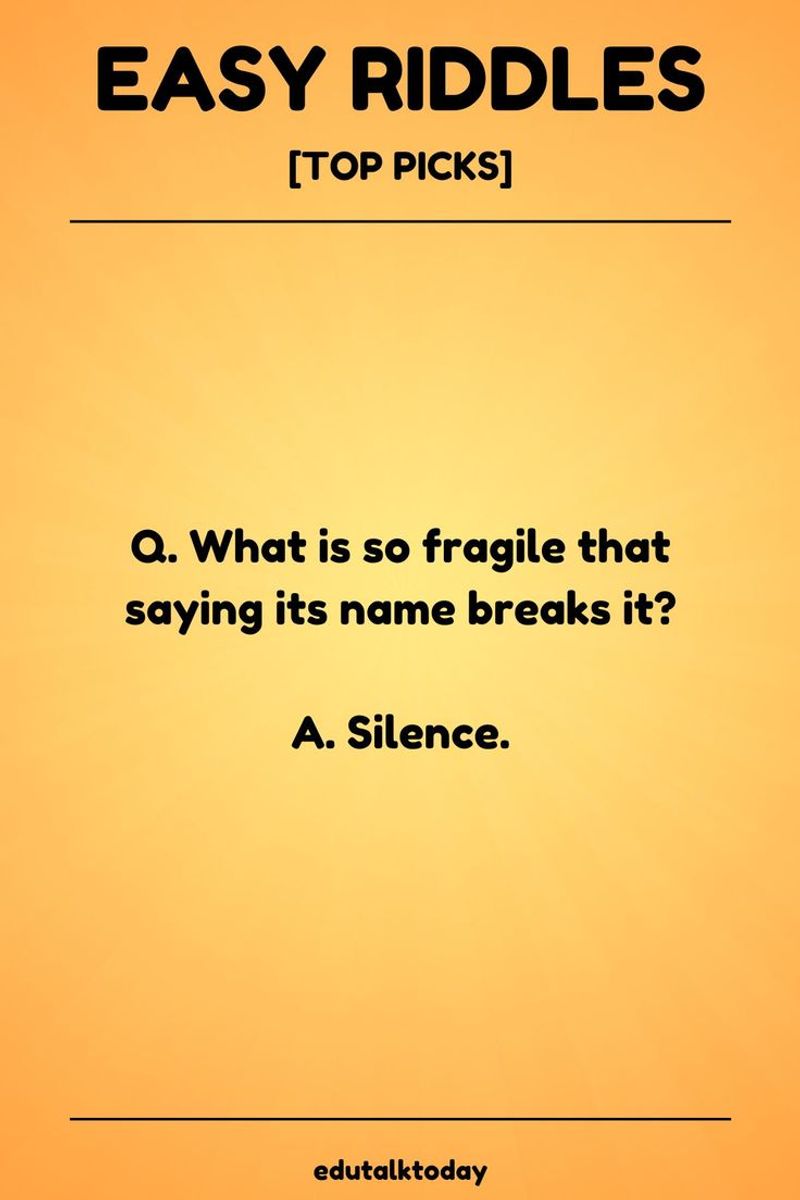
What is so fragile that saying its name breaks it? Silence! This riddle is a beautiful way to teach kids about the power of words. It encourages them to think about the impact language has and how it shapes our world. By unraveling the answer, children enhance their comprehension skills and learn to appreciate the subtle nuances of communication. The delicate nature of this riddle fosters a love for language and its mysteries.
12. Riddle 12: The Hidden Treasure
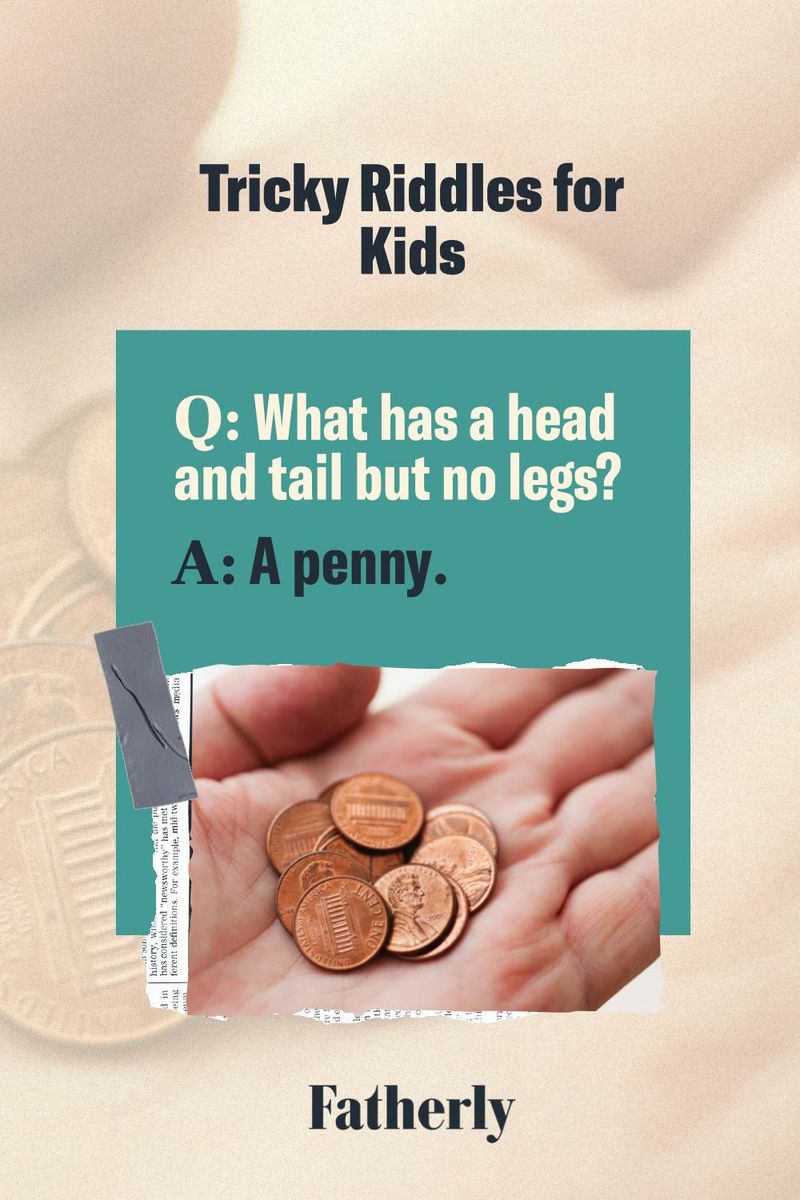
What has a head, a tail, is brown, and has no legs? A penny! This riddle introduces children to the world of currency in a playful way. It’s a fun exercise in lateral thinking, helping kids understand abstract concepts while enjoying the challenge. The simplicity and humor of this riddle encourage kids to explore everyday items and their unique characteristics, fostering a sense of curiosity about the world around them.
13. Riddle 13: The Enchanted Garden
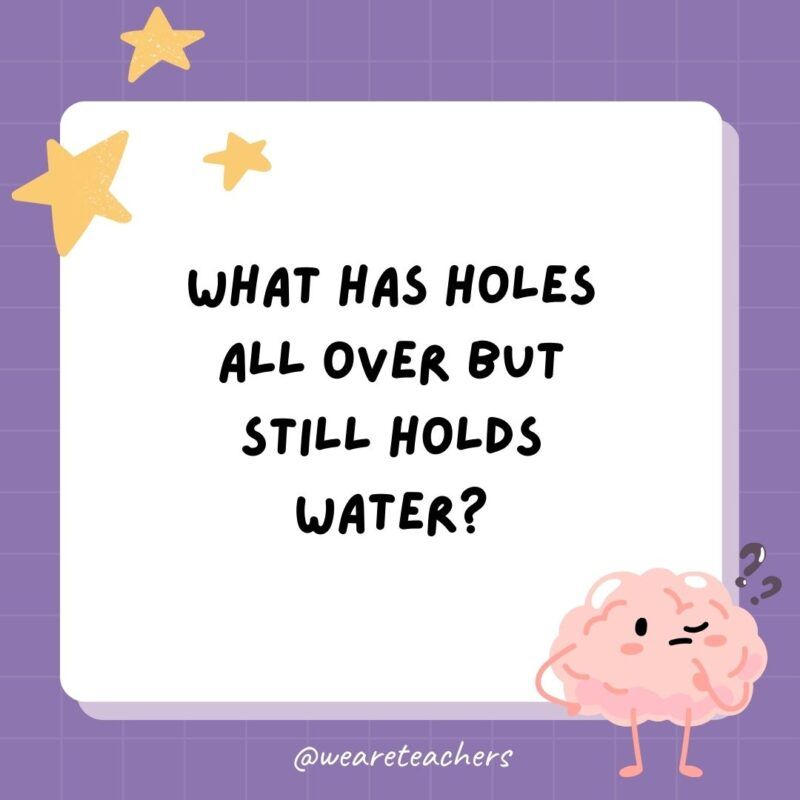
What is full of holes but still holds water? A sponge! This riddle challenges children to think about everyday objects in new ways. It encourages creativity and innovation as kids try to solve the puzzle. By understanding why a sponge can hold water despite its holes, children develop critical thinking and problem-solving skills. Such riddles inspire curiosity and a desire to explore the wonders of science and nature.
14. Riddle 14: The Starry Night
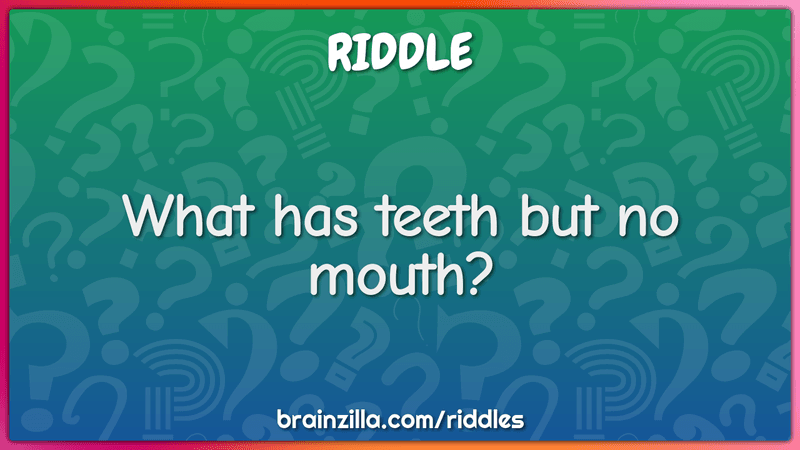
What has many teeth but can’t bite? A comb! This riddle adds a humorous twist to language, encouraging kids to play with words and their meanings. It’s a delightful way to introduce children to the concept of homonyms and how context shapes our understanding. By solving this riddle, children enhance their vocabulary and develop a keen interest in language and its intricacies.
15. Riddle 15: The Friendly Giant

What has one eye but can’t see? A needle! This riddle invites children to explore the world of sewing and crafts in a fun, engaging way. It’s a charming introduction to language’s playful side, encouraging kids to think about objects differently. Through this riddle, children learn about wordplay and develop problem-solving skills. The enchanting nature of this question fosters a love for language and creativity.

Well, hello there!
My name is Jennifer. Besides being an orthodontist, I am a mother to 3 playful boys. In this motherhood journey, I can say I will never know everything. That’s why I always strive to read a lot, and that’s why I started writing about all the smithereens I came across so that you can have everything in one place! Enjoy and stay positive; you’ve got this!

